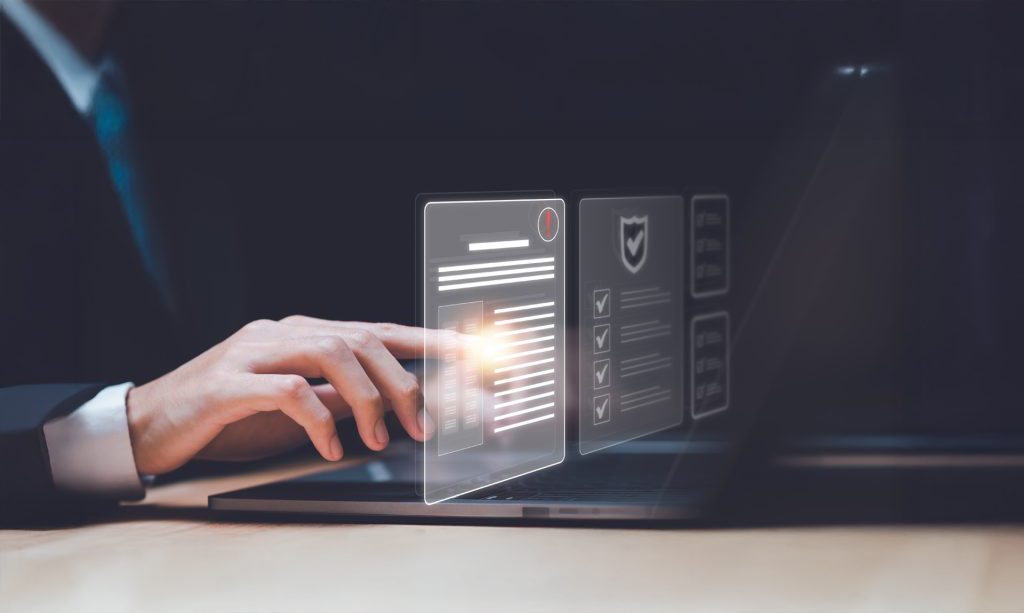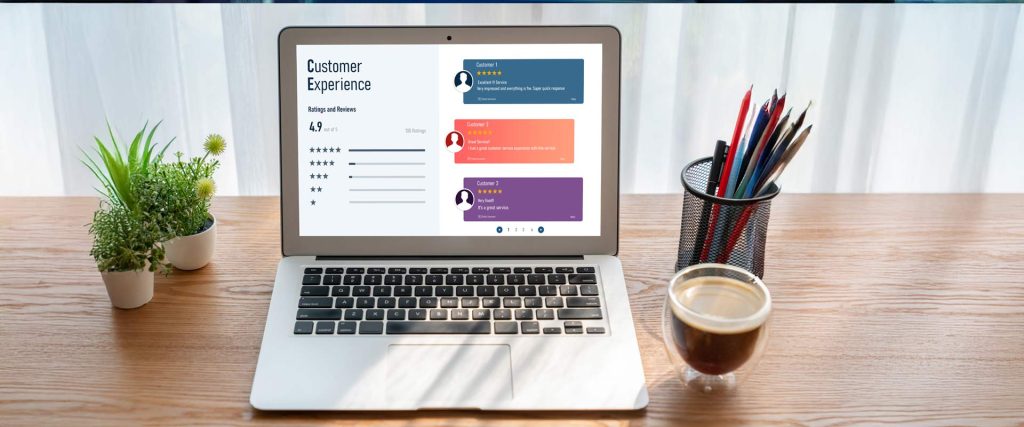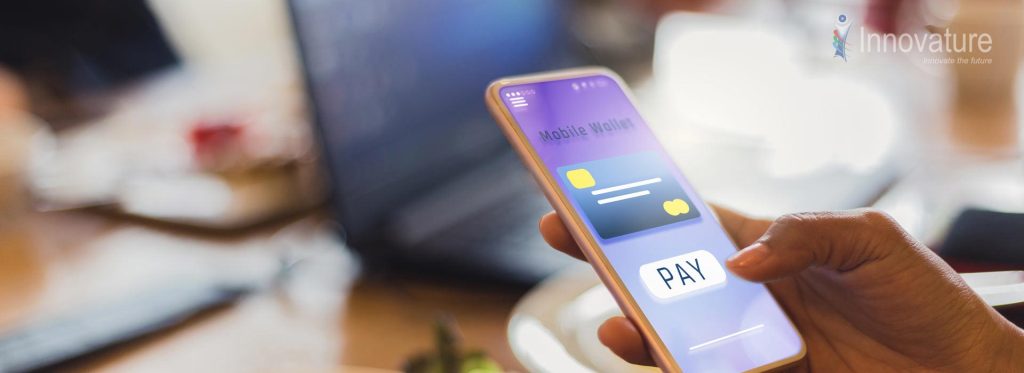Functional and Usability Testing
Why Test Your Software
Usability Testing Services

Functional Testing Services
Requirement Analysis
We start by understanding the requirements of our users, which are essential to delivering testing services. This stage allows us to create a strategy that resonates with the goals of our customers.
Test Planning
This plan outlines the testing strategy, objectives, scope, timelines, and the allocation of resources. We meticulously plan tools and the testing strategies suitable for this project.
Test Case Execution
This stage allows for the identification of defects, inconsistencies within your product. Our testing strategies includes functional, regression, compatibility, and usability tests.
Documentation
Our approach ensures all defects are documented and shared with the dev team, while continuously resolving bottlenecks to improve product efficiency, useability in the future versions.
How Have We Impacted
35%
Increase task success rate
30%
Reduced time for each task
25%
Boosted user satisfaction rates
Tools Powering Our Capability
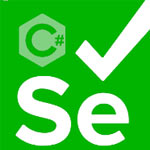
Selenium
Automated Testing of Web Applications
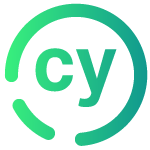
Cypress
Automated end-to-end (E2E) testing of web applications
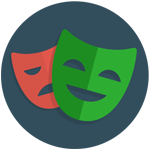
Playwright
Automation framework for testing web applications
Explore Our Success Stories
Ready to Ensure Your Software Works Everywhere?
Whether you are testing for the usability of your software products, or identification of bugs, or to enhance reliability, we have got you covered.

